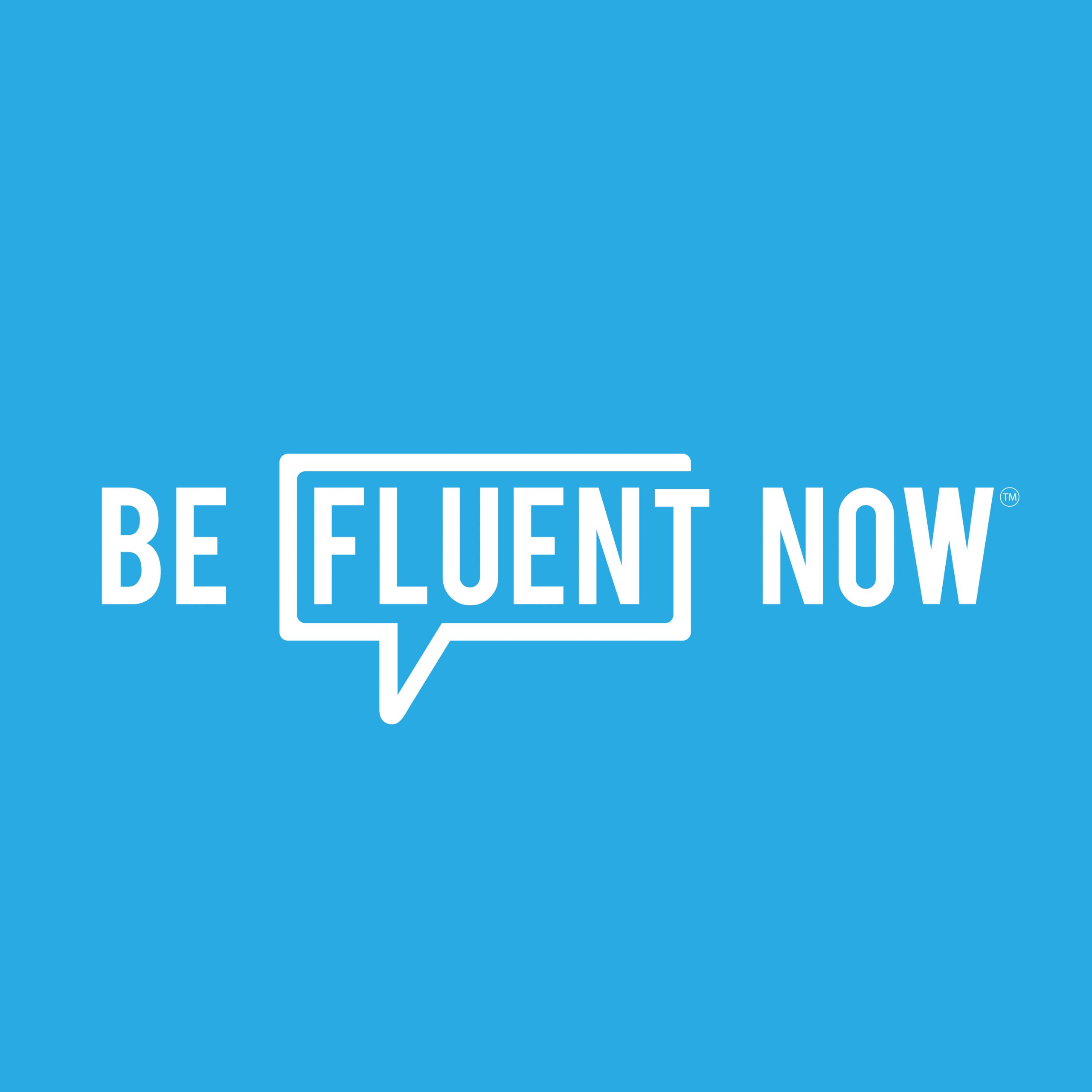Embracing the Holistic Approach to Education
“The word “holistic” simply means addressing the whole person. This includes a person’s physical, emotional, mental, social, spiritual, and financial health. Addressing the whole person in mind-body-spirit can bring out the healthiest, happiest version of ourselves.” (source: www.holisticwellnesspractice.com)
.
Introduction to the Holistic Approach
The debate over the optimal way to deliver education remains contentious among education professionals. Traditional educational systems that apply uniform methods to all students arguably exhibit significant flaws. Every individual is unique, as is their capacity to comprehend various subjects. Furthermore, assembling a group of individuals and ranking their aptitude for understanding material can have lasting consequences on self-esteem, particularly when applied to children.
Considering these factors, a holistic approach to learning emerges as a promising alternative. Departing from the conventional atomistic perspective, this approach aims to unleash each student’s full potential.
.
A Holistic Approach to Language Learning
Language learning approaches have long been a topic of discussion in the field of education. In recent years, holistic language learning has gained traction, especially in working with children. Increasingly, educators have adopted the holistic approach with remarkable success, nurturing the physical, emotional, and spiritual well-being of their students.
.
What Is Holistic Learning?
Holistic education engages the whole person in the learning process, encompassing intellect, emotions, and creativity. Holistic learning proves especially powerful as it honors each learner’s individuality and encourages the discovery of their true potential.
.
Why is the Holistic Approach Important in Teaching?
Holistic education kindles curiosity, fosters self-expression, and cultivates social skills. Holistic educators make learning enjoyable and engaging while tapping into their students’ intuitive, logical, and creative abilities. Such an approach to learning is particularly vital for young learners.
.
The Goal of Holistic Education
The goal of holistic learning is to nurture internal values, establish healthy social relationships, and develop a student’s physical, emotional, and spiritual qualities. This teaching method effectively equips learners to tackle present and future academic and life challenges. Its primary focus is to help students explore their unique selves and embrace their talents and capabilities. In essence, holistic education encourages an individualized approach for each student, tailored to their skills and aspirations.
.
Benefits of a Holistic Approach to Education
Holistic learning is considered one of the best educational practices, especially when teaching children. Holistic methods of education concentrate on enhancing essential personality attributes without altering the learner’s identity and characteristics. Here are some of the key advantages of the holistic approach compared to traditional educational practices:
- Fosters the development of internal values and morals
- Builds confidence and fosters a sense of identity
- Addresses the issue of unrealistic expectations
- Develops social and practical life skills
- Cultivates a sense of belonging through the learning process
- Promotes holistic health (physical, emotional, spiritual, intellectual, and social well-being)
A holistic approach to language learning creates a powerful connection between the teacher or coach and the learner. Learning becomes effortless, and educational materials can be presented in a friendly, natural, and non-intrusive manner.
.
Differences Between a Conventional and Holistic Curriculum
Holistic learning and traditional education hold fundamentally different views on language. While both perspectives have valid points and relevant arguments, many private courses opt for a hybrid teaching system, incorporating elements of both the holistic and conventional approaches.
In the field of language learning, proponents of the holistic method argue that dissecting language into parts seems irrational when it can be viewed as a whole. While traditional educators rely on linguistic criteria, objective facts, and individual sentences to teach a language, holistic teachers use complete texts and storytelling to prepare their students for real-life situations. The former approach is teacher-centered, while the latter is learner-centered.
Traditional teachers often employ formal and semi-formal styles, while holistic coaches emphasize everyday speech. Classic language learning programs prioritize reading and writing, whereas holistic educators prioritize effective communication, with speaking taking precedence.
.
Tips for Holistic Language Learning
It is evident that the conventional, test-oriented curriculum is at odds with the holistic approach to learning. Holistic educators reject narrow, plan-structured lessons commonly found in standard school systems. Instead, they focus on individual learners in their classes, working toward person-centered learning curricula.
By paying special attention to each student’s traits, skills, and abilities, coaches or teachers can adjust language learning strategies. Customized learning supports personal growth and development within the class. Here are a few ideas that work well within a holistic method:
- Information visualization
- Outdoor classes
- Individual projects
- Student-led classroom
- Utilization of technology
- Group activities
- Learning through games
.
Creating a Healthy Learning Environment
In a modern world filled with stress, a holistic learning environment offers a breath of fresh air within the educational system. A safe and supportive setting is crucial for a productive, open-minded classroom. Holistic teachers provide genuine support to students, offering numerous academic and non-academic opportunities for each individual to express themselves and shine.


